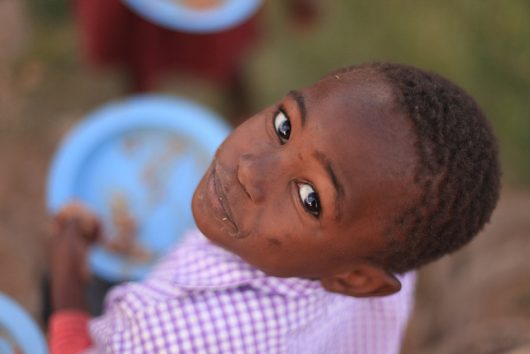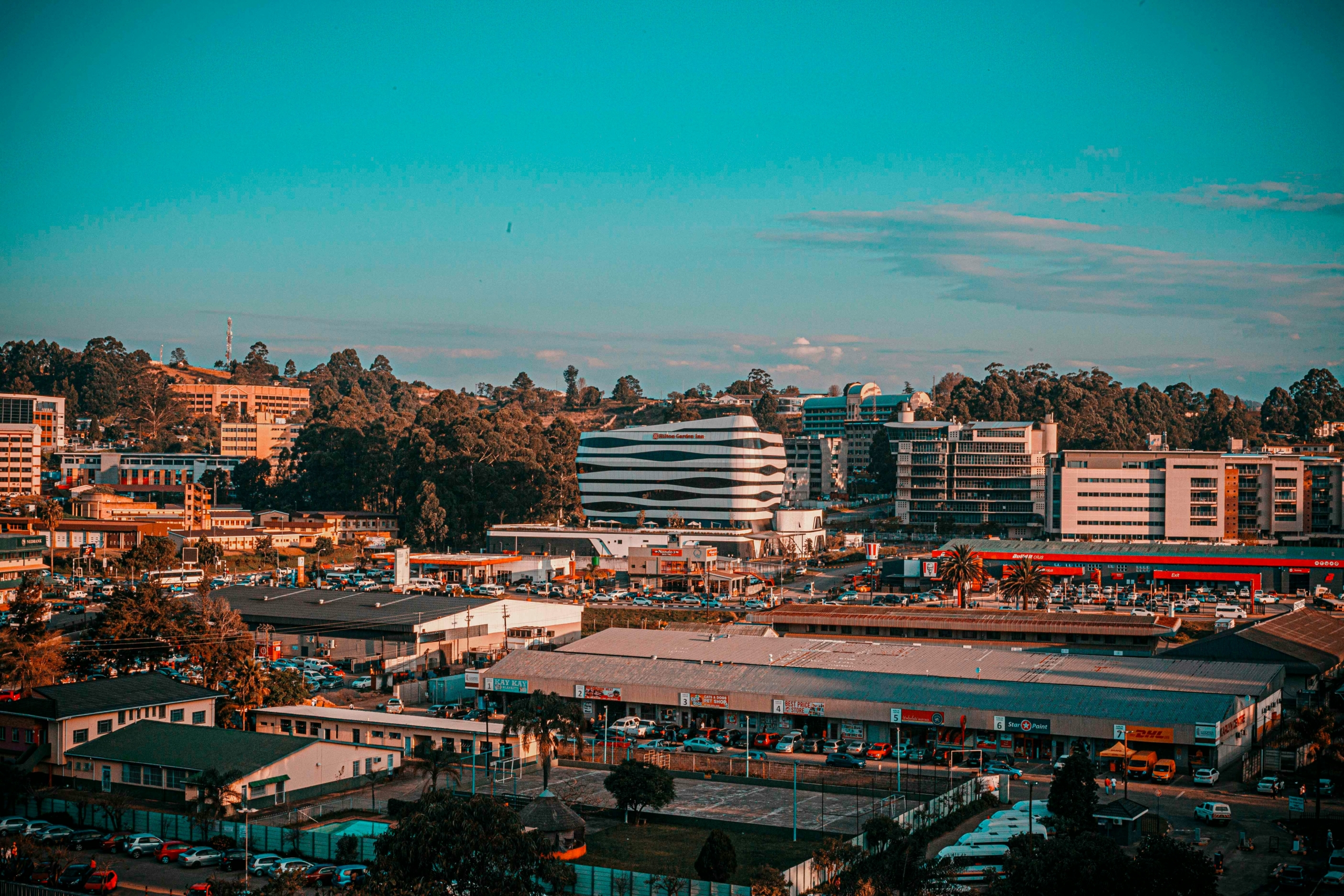 In the heart of the Southern African plains lies Eswatini, a small landlocked country formerly known as Swaziland. A nation that has long relied on neighboring South Africa and Mozambique for unsustainable fossil fuel-based electricity imports, renewable energy in Eswatini is quickly diversifying.
In the heart of the Southern African plains lies Eswatini, a small landlocked country formerly known as Swaziland. A nation that has long relied on neighboring South Africa and Mozambique for unsustainable fossil fuel-based electricity imports, renewable energy in Eswatini is quickly diversifying.
The transformative journey culminated at the COP26 conference, where Eswatini committed to an ambitious 50% surge in renewable energy production by 2030. This pledge signifies a crucial step toward Swazi energy independence, bridging the stark urban-rural economic divide and promising new employment and educational opportunities.
The commitment is more than a superficial gesture. In collaboration with private entities and foreign aid programs, the Swazi government is taking crucial and necessary steps to advance its energy infrastructure and deliver power to the 17% of the population (more than 200,000 people) living without it.
By investing in renewable energy and expanding electric connectivity, the government aims to liberate unelectrified Swazi citizens from the energy poverty trap, enabling them to realize their untapped potential. These are the four key sectors of renewable energy in Eswatini that are receiving strategic government investments and support.
Biomass Energy
In 2020, bioenergy from burning natural materials such as wood and sugar cane waste constituted 97% of the supply of renewable energy in Eswatini. The government issued an Independent Power Producer (IPP) license to Ubombo Sugar Limited (USL), a private sugarcane agricultural company with a 40% government stake, marking a significant milestone in expanding the bioenergy sector.
USL’s connection to Eswatini’s national grid now contributes 31% of local grid-electricity production, pivotal in the country’s impressive 32% point increase in electricity access between 2011 and 2021.
To electrify the whole population, Eswatini initiated the Partnership for Affordable Renewable Energy in Swaziland (PARES) in 2018. Through public-private partnerships (PPPs), PARES aims to promote sustainability in the bioenergy industry while addressing crucial issues such as investment reliability and unemployment, particularly among the country’s marginalized youth.
Solar Panels
Photovoltaic (PV) solar cells are increasingly prominent sources of small-scale electricity production in Eswatini. The government actively encourages the adoption of solar panels in residential and commercial buildings to provide both electricity and water heating. Continued innovation drives down PV cell prices, promoting off-the-grid power and easing the strain on electricity imports. This individualized approach empowers rural communities, increasing access to education, health care and entrepreneurial opportunities.
Shifting focus to larger-scale projects, such as the Eswatini Solar-Storage Project by Frazer Energy, by granting IPP licenses is poised to increase electricity access, create jobs and even export power to communities throughout Southern Africa. Additionally, the government-owned Eswatini Electric Company (EEC) completed the Lavumisa Solar PV Plant in 2021. Projects such as these conserve millions of liters of fuel throughout their lifetime and ensure year-round reliable and sustainable electrification for public facilities.
Hydroelectric Power
Hydroelectric power currently stands as one of the most prominent energy sources in Eswatini. The EEC operates four hydropower plants, constituting 15% of the country’s electricity production and plans to bolster the existing infrastructure. The EEC and the Public Service Pension Fund (PSPF) have expressed interest in conducting feasibility tests and environmental impact assessments on further investment in hydroelectric energy and project expansions.
The government also granted an IPP to Middle Lusutfu Hydropower Ltd., an energy company aiming to increase Swazi hydroelectricity production by more than 20%. These initiatives showcase the government’s endorsement of investments toward long-term economic growth and providing the impoverished with the resources they need to thrive.
Wind Turbines
While wind energy production in Eswatini is negligible, the country’s mountainous regions hold immense potential for installing wind turbines. Government feasibility studies in the Lubombo Plateau, a largely uninhabited and undeveloped region near the border with Mozambique, are ongoing. No official data from these studies or information regarding international collaboration is publicly available. However, the Swazi government’s engagement with the possibility is a testament to its commitment to energy security and independence.
Through hands-on investment and partnerships with private corporations, the Swazi government exemplifies how emerging economies can electrify their populations with cutting-edge renewable energy technology. There is still much work and foreign investment can accelerate the process. Eswatini offers numerous foreign business incentives, including tax deductions, duty-free imports of machinery and repatriation of profits, ensuring mutual benefits for investors and the Swazi people.
Final Remark
The electrification of Eswatini promises its energy-deprived citizens more than just basic household power. It heralds a new era of economic expansion, immediately offering job prospects in construction and laying the groundwork for internet-driven startups to flourish. Electricity also plays a pivotal role in bolstering health care and education, empowering communities to chart a path towards prosperity. Furthermore, reliable access to electricity will strengthen social bonds, nurturing a sense of belonging and active engagement within the wider Southern African economy.
Eswatini’s energy revolution is a testament to its dedication to sustainability and self-sufficiency. As Eswatini strides into the future with renewable energy, the convergence of local innovation, international collaboration and growth-oriented policies promises to illuminate every corner of the nation. This positions Eswatini as a beacon of inspiration for other developing nations navigating toward a self-reliant future.
– Matthew Candau
Photo: Unsplash
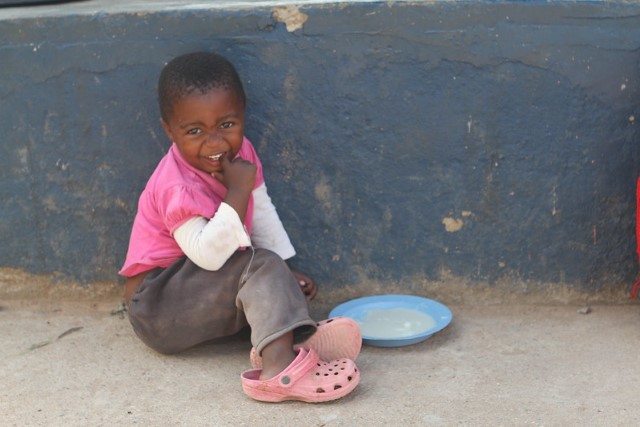 In 2017, it was recorded that
In 2017, it was recorded that 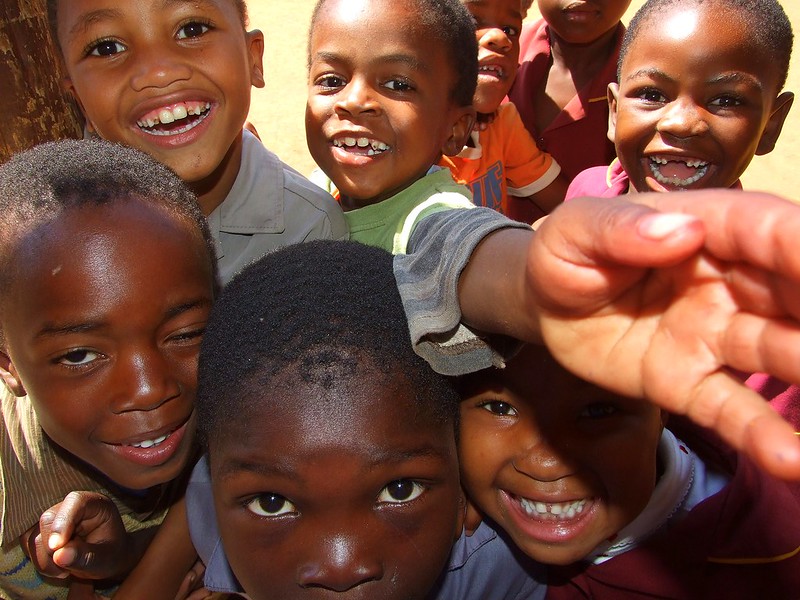
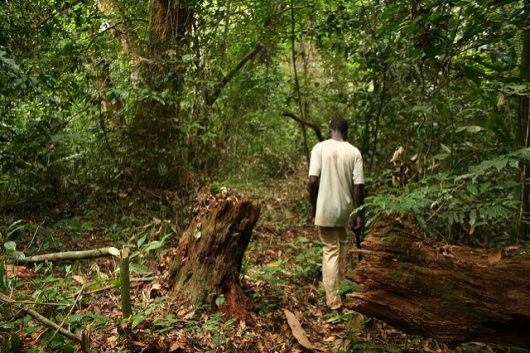
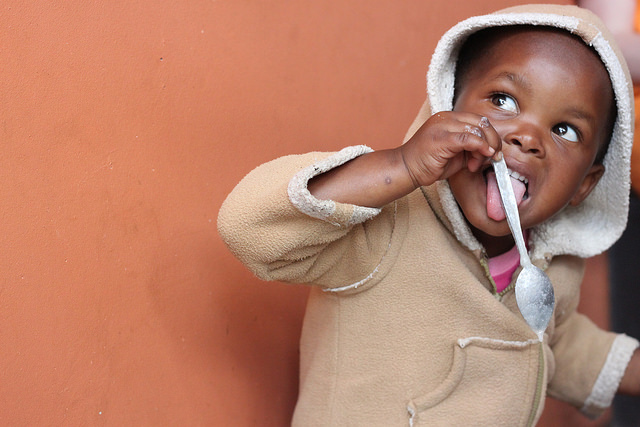
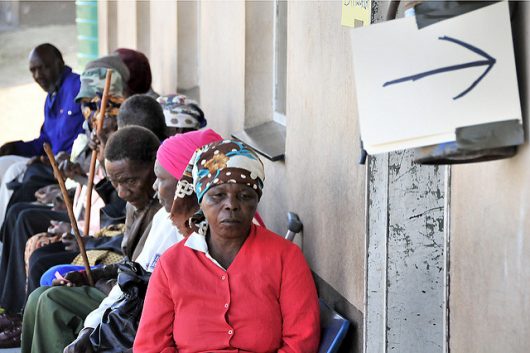 Sub-Saharan Africa has become notorious for its high numbers of HIV-positive individuals. However, some countries may finally see the end to these epidemics.
Sub-Saharan Africa has become notorious for its high numbers of HIV-positive individuals. However, some countries may finally see the end to these epidemics.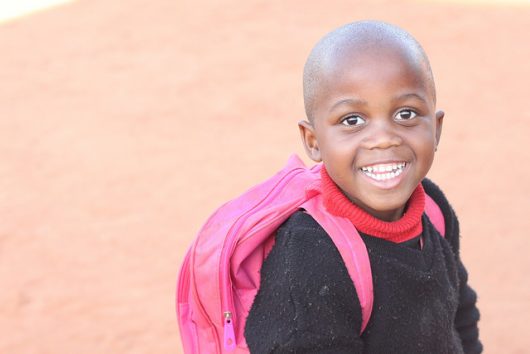
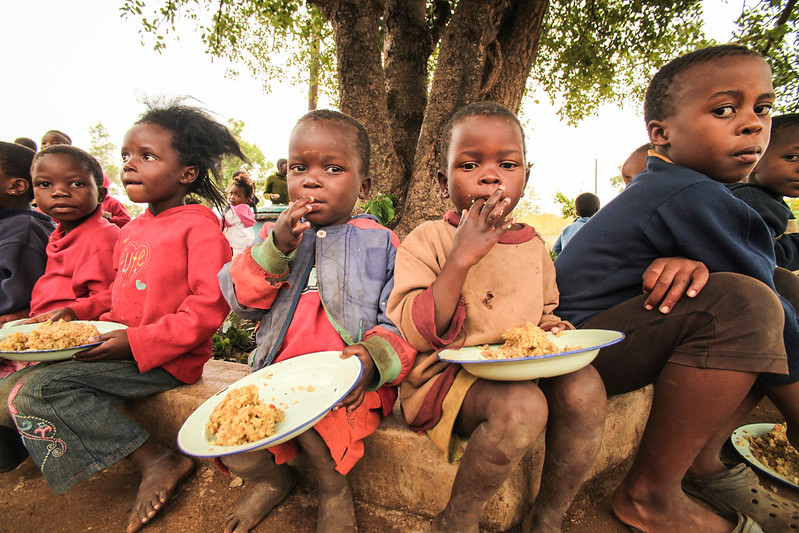
 Swaziland is a small landlocked country in southern Africa that borders South Africa and Mozambique. The country is known for having the highest rate of HIV/AIDS prevalence in the world. Most of the country’s 1.3 million inhabitants live in poverty, with 69 percent of people being below the poverty line. The water quality in Swaziland remains unsafe for a large part of the population.
Swaziland is a small landlocked country in southern Africa that borders South Africa and Mozambique. The country is known for having the highest rate of HIV/AIDS prevalence in the world. Most of the country’s 1.3 million inhabitants live in poverty, with 69 percent of people being below the poverty line. The water quality in Swaziland remains unsafe for a large part of the population.